
Blonde girl meaning in English refers to a girl with blonde hair. The term 'blonde' is used to describe a light-colored hair shade, ranging from pale yellow to golden. Blonde hair is often associated with beauty, youthfulness, and femininity. In this article, we will explore the meaning of blonde girl in English culture and beyond.
Blonde Girl in English Culture

In English culture, blonde hair is often seen as a desirable trait. Many famous actresses and models are blonde, including Marilyn Monroe, Brigitte Bardot, and Gigi Hadid. Blonde hair is also associated with British royalty, such as Queen Elizabeth II and Princess Diana.
Blonde girls are often portrayed in English media as sweet, innocent, and charming. They are typically depicted as the love interest in romantic comedies and the damsel in distress in action movies. However, this stereotype is slowly changing, and more diverse representations of blonde girls are emerging in popular culture.
Blonde Girl in Other Cultures

Blonde hair is not exclusive to English culture. In fact, many other countries have a significant population of blonde individuals. In Scandinavian countries such as Sweden and Norway, blonde hair is the most common hair color among the population.
In other cultures, blonde hair is often seen as exotic and unique. In Japan, for example, many young women dye their hair blonde to stand out from the crowd. In some parts of Africa, blonde hair is seen as a symbol of wealth and status.
The Meaning of Blonde Hair
Blonde hair has been the subject of many myths and legends throughout history. In ancient Greece, blonde hair was associated with the gods and goddesses, who were often depicted with golden locks. In Norse mythology, the goddess Sif was known for her long, golden hair.
In modern times, blonde hair is often associated with youthfulness and beauty. Many people believe that blonde hair makes a person look younger and more attractive. However, this belief is not necessarily true, as beauty comes in all shapes, sizes, and hair colors.
The Stereotypes of Blonde Girls
Blonde girls have been the subject of many stereotypes throughout history. They are often portrayed as dumb, ditzy, and superficial. This stereotype has been perpetuated in popular culture, with many movies and TV shows depicting blonde girls as airheads.
However, this stereotype is not accurate. Blonde girls are just as intelligent and capable as anyone else. They come from all walks of life and have a range of interests and talents.
Conclusion
Blonde girl meaning in English culture and beyond is a complex and multifaceted topic. Blonde hair has been the subject of many myths and legends throughout history and is often associated with beauty, youthfulness, and femininity. However, blonde girls have also been the subject of many stereotypes, which are not accurate or fair.
It is important to recognize that people come in all shapes, sizes, and hair colors, and that beauty is more than skin deep. We should celebrate diversity and embrace all individuals, regardless of their hair color or any other physical characteristic.
Related video of Blonde Girl Meaning In English
Living with blindness can be difficult, but modern technology has made it possible for the visually impaired to lead a more independent life. One such innovation is the blackout glasses for the blind, which has revolutionized the everyday life of individuals with vision problems.
What are blackout glasses for the blind?

Blackout glasses for the blind are a type of eyewear that block out all light, providing complete darkness for the wearer. These glasses are designed to help visually impaired individuals to navigate their environment more confidently and safely.
How do they work?

Blackout glasses work by using a combination of light-blocking materials, such as plastic or metal, and specially designed lenses that filter out all visible light. This creates complete darkness, allowing the wearer to concentrate on their other senses when navigating their environment.
Who can benefit from blackout glasses?

Blackout glasses are particularly useful for individuals who are completely blind or have very low vision. They can help blind people navigate unfamiliar environments, read Braille, and perform other tasks that require a high degree of concentration and focus.
Are there any downsides to using blackout glasses?

While blackout glasses can be incredibly useful for blind individuals, they do have a few downsides. For one, they can be quite heavy and uncomfortable to wear for extended periods of time. Additionally, because they block out all light, they can make it difficult to see hazards or obstacles in their path.
How can blackout glasses be customized?

Blackout glasses can be customized to meet the specific needs of each individual user. Some glasses are designed to fit over existing glasses or contacts, while others are made to be worn on their own. Additionally, some glasses come with built-in magnifiers or other features to help users navigate their environment more easily.
Where can you buy blackout glasses?

Blackout glasses can be purchased online or at specialty stores that cater to the visually impaired. It's important to do your research and find a reputable vendor that offers high-quality glasses that are comfortable to wear and provide adequate protection from light.
What are the benefits of using blackout glasses?

There are many benefits to using blackout glasses for the blind. They help users to navigate their environment more confidently and safely, and can improve their overall quality of life. Additionally, they provide a sense of independence and self-sufficiency that can be incredibly empowering.
Are there any alternatives to blackout glasses?

While blackout glasses are a popular option for blind individuals, there are other alternatives available. Some people prefer to use white canes or guide dogs to navigate their environment, while others use assistive technology like Braille readers or screen readers to access information.
Conclusion
Blackout glasses for the blind are an incredibly useful tool for those with vision problems. They provide a sense of independence and self-sufficiency that can be incredibly empowering, and can help users to navigate their environment more safely and confidently. While they do have a few downsides, these glasses are a valuable resource for anyone living with blindness.
Related video of Blackout Glasses For The Blind

Black spots in vision, also known as floaters, are a common occurrence that many people experience. These black spots can be annoying and concerning, but they are usually harmless. However, in some cases, they can be a sign of a more serious underlying condition.
What are Black Spots in Vision?

Black spots in vision are small, dark shapes that appear in your field of vision. They can be different shapes and sizes, and they may move around or stay in one place. These spots can appear in one or both eyes, and they can be more noticeable in certain lighting conditions.
Causes of Black Spots in Vision
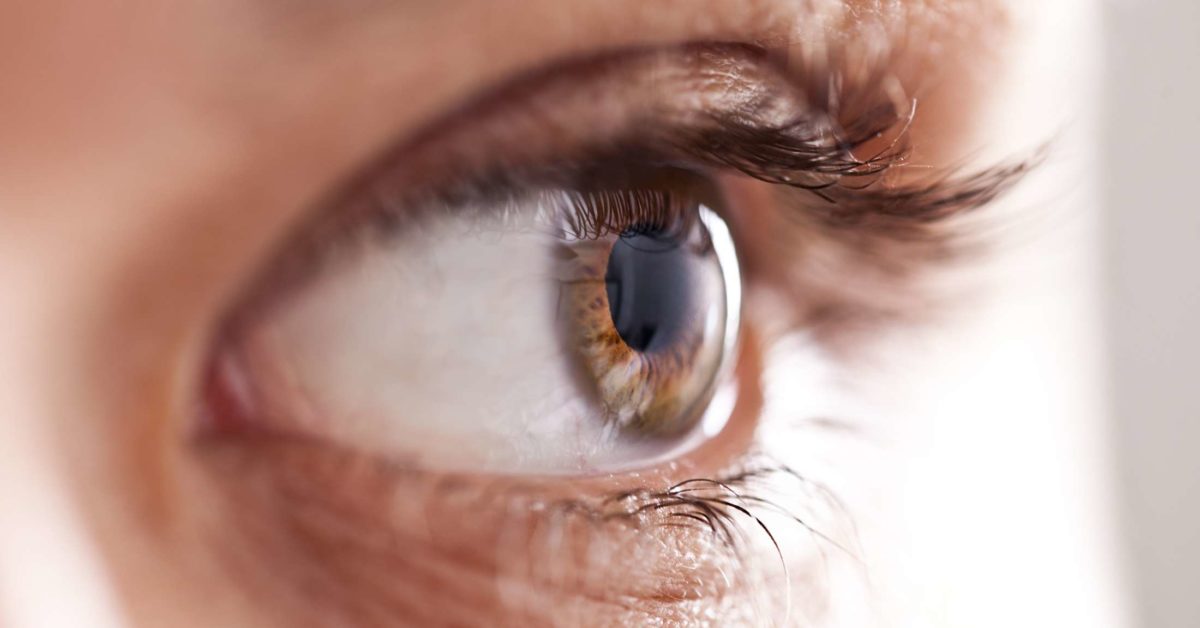
Black spots in vision are caused by tiny bits of debris that float in the vitreous fluid inside your eye. The vitreous is a jelly-like substance that fills the space between the lens and the retina. As you age, the vitreous can become more liquid and shrink, pulling away from the retina. This can cause the debris to cast shadows on the retina, which appear as black spots.
Other causes of black spots in vision include:
- Eye injuries
- Eye infections
- Eye diseases, such as diabetic retinopathy or macular degeneration
- Migraines
- Retinal detachment
Symptoms of Black Spots in Vision

The main symptom of black spots in vision is the presence of small, dark shapes in your field of vision. These spots may move around or stay in one place, and they may be more noticeable in bright lighting conditions. In some cases, black spots in vision may be accompanied by other symptoms, such as:
- Flashes of light
- Blurry vision
- Vision loss
- Eye pain
Treatment for Black Spots in Vision

Most cases of black spots in vision don't require treatment, as they are usually harmless. However, if you experience a sudden onset of black spots or if they are accompanied by other symptoms, you should see an eye doctor as soon as possible. Your doctor may recommend the following treatments:
- Observation: If your black spots are not causing any problems, your doctor may recommend simply monitoring them over time.
- Surgery: In some cases, surgery may be necessary to remove the vitreous and replace it with a clear solution.
- Laser therapy: Laser therapy may be used to treat underlying conditions, such as diabetic retinopathy or retinal tears.
Prevention of Black Spots in Vision
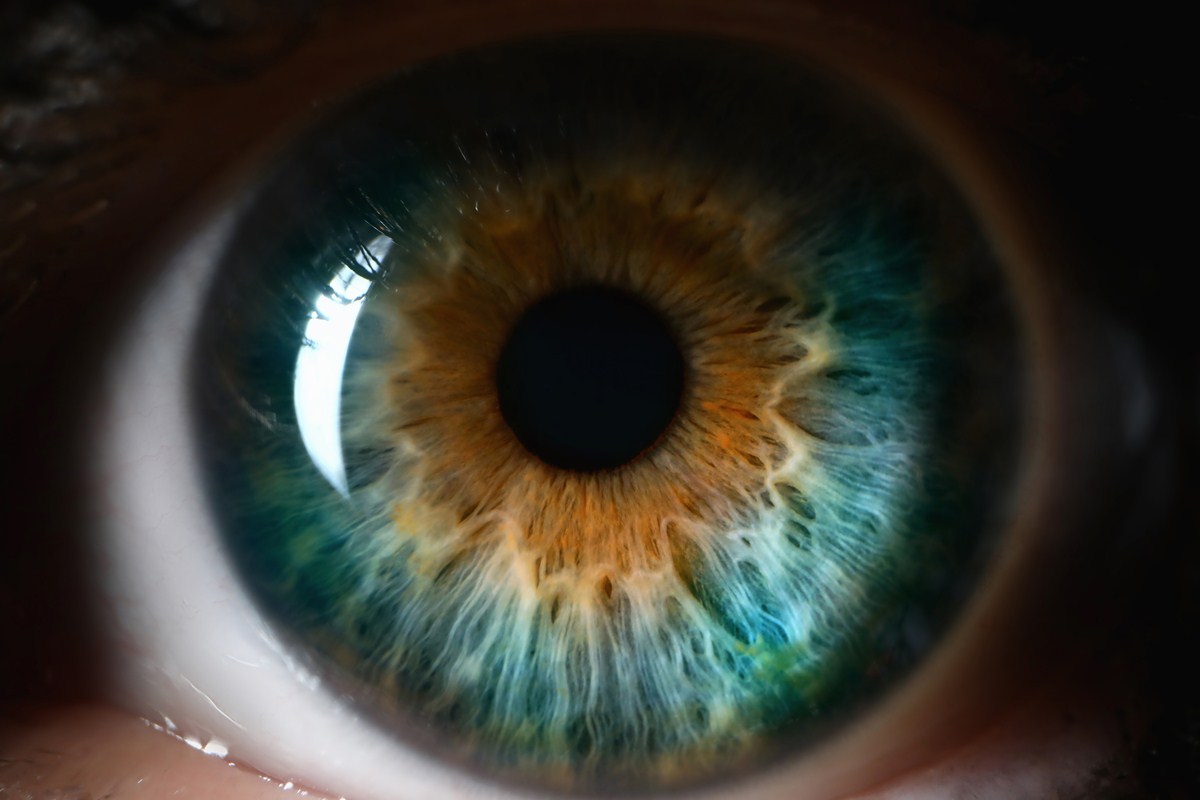
There is no surefire way to prevent black spots in vision, as they are a natural part of the aging process. However, there are some steps you can take to reduce your risk of developing them:
- Eat a healthy diet rich in antioxidants
- Protect your eyes from injury
- Manage any underlying health conditions, such as diabetes
- Get regular eye exams
Conclusion
Black spots in vision are a common occurrence that most people will experience at some point in their lives. They are usually harmless, but in some cases, they can be a sign of a more serious underlying condition. If you experience sudden onset of black spots or if they are accompanied by other symptoms, you should see an eye doctor as soon as possible. By taking steps to protect your eyes and manage any underlying health conditions, you can reduce your risk of developing black spots in vision.
Related video of Black Spots In Vision: Causes, Symptoms, and Treatment
Have you ever noticed black specks in your eye color? This can be a cause for concern for many people, especially if they have never noticed it before. In this article, we will discuss what black specks in eye color mean, the potential causes, and when you should seek medical attention.
What are black specks in eye color?
Black specks in eye color are small, dark spots that can appear in the iris. The iris is the colored part of the eye that surrounds the pupil. These specks can range in size and shape, and they may be present in one or both eyes. They can be more noticeable in certain lighting conditions or when the pupil is dilated.
What are the potential causes of black specks in eye color?
There are several potential causes of black specks in eye color, including:
- Eye injuries: If you have experienced an injury to the eye, such as a scratch or a blow to the head, this can cause black specks to appear in the iris.
- Foreign objects: If there is a foreign object in the eye, such as a piece of dirt or debris, this can cause black specks to appear.
- Pigment changes: Sometimes, black specks in eye color can be caused by changes in the pigmentation of the iris. This is more common in people with lighter-colored eyes.
- Medical conditions: In rare cases, black specks in eye color can be a sign of a medical condition, such as melanoma or uveitis. These conditions require immediate medical attention.
When should you seek medical attention?
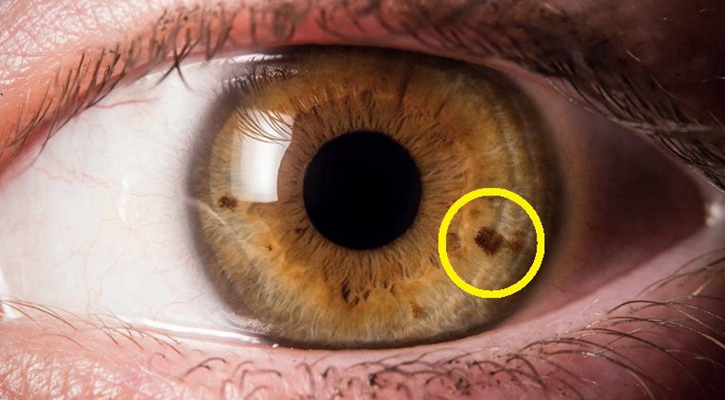
If you have noticed black specks in your eye color and are concerned about them, it is always best to seek medical attention. This is especially true if you have never noticed them before, or if they have suddenly become more noticeable. Your eye doctor can examine your eyes and determine the cause of the specks. If there is a medical condition present, early detection and treatment are crucial for a positive outcome.
How are black specks in eye color treated?
The treatment for black specks in eye color depends on the underlying cause. If the specks are caused by an injury or foreign object, your eye doctor may recommend flushing the eye or removing the object. If there is a medical condition present, treatment may involve medication, surgery, or other interventions.
Can black specks in eye color be prevented?
While black specks in eye color cannot always be prevented, there are some steps you can take to protect your eyes and reduce your risk of injury or infection. These include:
- Wearing protective eyewear when participating in sports or other activities that could cause eye injury.
- Washing your hands frequently to reduce the risk of infection.
- Avoiding touching your eyes with your hands.
- Scheduling regular eye exams to ensure that your eyes are healthy.
The bottom line
Black specks in eye color can be a cause for concern, but they do not always indicate a serious medical condition. If you have noticed them in your eyes, it is important to schedule an appointment with your eye doctor. They can determine the cause of the specks and recommend appropriate treatment if necessary. By taking steps to protect your eyes and scheduling regular eye exams, you can help ensure that your eyes remain healthy and free from black specks and other issues.
Related video of Black Specks In Eye Color: What You Need To Know

Down Syndrome is a condition that occurs when a person has an extra chromosome 21. This extra genetic material affects the development of the body and brain, causing intellectual and physical disabilities. While Down Syndrome can affect people of any race or ethnicity, there is a lack of representation and understanding of the experiences of Black individuals with Down Syndrome.
The Prevalence of Down Syndrome in the Black Community

According to the Centers for Disease Control and Prevention (CDC), Down Syndrome occurs in approximately 1 in every 700 births in the United States. However, the prevalence of Down Syndrome is higher among Black individuals, with a rate of 1 in every 492 births. Despite this higher prevalence, Black individuals with Down Syndrome often face additional challenges due to racial disparities in healthcare and education.
Racism and Discrimination in Healthcare
Black individuals with Down Syndrome may face discrimination and racism in healthcare settings, which can impact the quality of care they receive. Studies have shown that Black patients are less likely to receive appropriate medical treatment and are more likely to experience negative health outcomes due to systemic racism in healthcare.
Additionally, Black individuals with Down Syndrome may have difficulty accessing appropriate healthcare due to socioeconomic factors, such as lack of access to transportation or financial barriers.
The Importance of Inclusive Education
Education is a crucial factor in the development and success of individuals with Down Syndrome. However, Black individuals with Down Syndrome may face additional barriers to accessing inclusive education due to systemic racism in the education system.
Inclusive education, which involves providing students with disabilities access to the same curriculum and activities as their peers, can help to reduce stigma and promote socialization and academic success. It is important for schools to prioritize inclusive education and provide appropriate accommodations for students with Down Syndrome.
Challenges and Triumphs

While Black individuals with Down Syndrome may face additional challenges, they also have their own unique strengths and abilities. With appropriate support and resources, individuals with Down Syndrome can lead fulfilling lives and make valuable contributions to their communities.
It is important to recognize and celebrate the triumphs and achievements of Black individuals with Down Syndrome, and to work towards creating a more inclusive and equitable society for all.
Conclusion
Black individuals with Down Syndrome face a unique set of challenges due to systemic racism and discrimination. However, with appropriate support and resources, they can lead fulfilling lives and make valuable contributions to their communities. It is important to prioritize inclusive education and healthcare, and to work towards creating a more equitable society for all individuals with disabilities.
Related video of Black Person With Down Syndrome
Olives are a fruit that has been cultivated for centuries, with the cultivation of olives dating back to ancient times. Black olives are a popular variety of olives that are commonly used in recipes and as a snack. In this article, we will explore how black olives are made.
The Harvesting Process

The first step in making black olives is the harvesting process. Olives are harvested in the fall, when they are fully matured. The harvesting process can be done by hand or by using machines. Hand-harvesting is more time-consuming and labor-intensive, but it is the preferred method for high-quality olives.
The Brining Process

After harvesting, the olives are washed and sorted before being placed in a brine solution. The brine solution is made up of water, salt, and vinegar. The olives are left in the brine solution for several weeks to remove the bitterness and soften the texture of the olives.
The Fermentation Process
After the brining process, the olives are fermented in a solution of water and salt for several months. This process gives the olives their distinctive flavor, texture, and color. During the fermentation process, lactic acid is produced, which helps to preserve the olives and gives them their tangy flavor.
The Packaging Process
Once the fermentation process is complete, the olives are packaged in brine and sealed in cans or jars. The packaging process ensures that the olives stay fresh and flavorful for an extended period of time.
The Health Benefits of Black Olives

Black olives are not only delicious but also packed with health benefits. They are a great source of healthy fats, fiber, and antioxidants. They have also been shown to reduce the risk of heart disease and improve brain function. So, the next time you enjoy a bowl of black olives, know that you are doing your body a favor.
Conclusion
Black olives are a staple in many households and are a delicious and healthy addition to any diet. From the harvesting process to the packaging process, each step is carefully crafted to ensure that the olives are of the highest quality. So, the next time you enjoy a bowl of black olives, take a moment to appreciate the hard work and dedication that went into making them.
Related video of Black Olives – How Are They Made?
The human eye is one of the most complex and amazing organs in the body. It allows us to see the world around us in all its beauty and complexity. However, there are times when the eyes can experience problems that affect our vision. One such problem is the appearance of black lines in eyesight. In this article, we will explore the causes, symptoms, and treatment of black lines in eyesight.
What are Black Lines in Eyesight?

Black lines in eyesight are also known as floaters. They are small, dark specks or lines that appear to float across your field of vision. Floaters can take many shapes and sizes, including dots, circles, lines, cobwebs, or clouds. They can be more noticeable when you look at a bright, plain background, such as a blue sky or white wall.
Causes of Black Lines in Eyesight

Black lines in eyesight are caused by tiny flecks of protein called collagen that exist inside the vitreous humor, the gel-like substance that fills the inside of your eye. As you age, the vitreous humor becomes more liquid and the collagen fibers clump together, casting a shadow on the retina. This shadow appears as floaters in your field of vision. Other factors that can cause floaters are:
- Eye injury or trauma
- Retinal tears or detachment
- Eye surgery
- Diabetic retinopathy
- Migraines
Symptoms of Black Lines in Eyesight
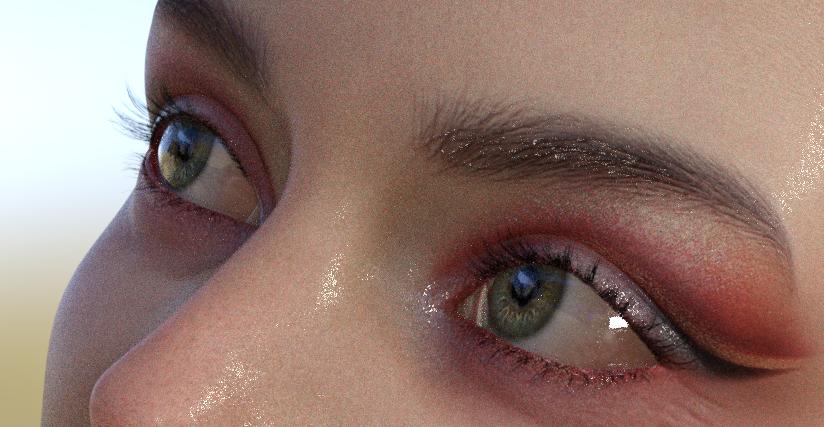
The symptoms of black lines in eyesight include:
- Seeing small, dark specks or lines that move across your field of vision
- Noticing floaters more when looking at a bright background
- Feeling like there is something in your eye
- Seeing flashes of light
- Experiencing vision loss (in severe cases)
Treatment of Black Lines in Eyesight

Most cases of black lines in eyesight do not require treatment and will eventually fade away on their own. However, if your floaters are severe and affecting your vision, your doctor may recommend one of the following treatments:
- Vitrectomy: A surgical procedure that removes the vitreous humor and replaces it with a saline solution.
- Laser therapy: A procedure that uses a laser to break up the floaters and make them less noticeable.
- Medication: Some medications can help reduce inflammation and floaters caused by certain eye conditions.
Prevention of Black Lines in Eyesight
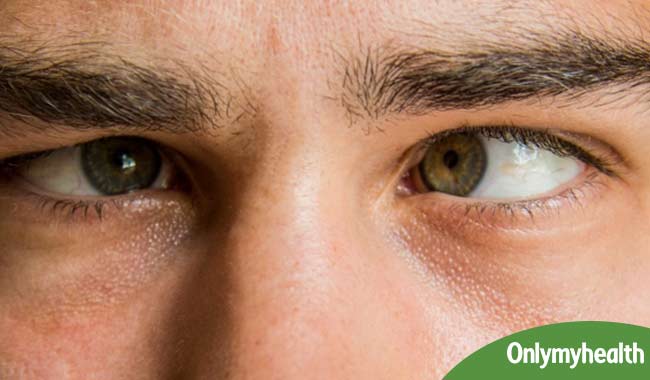
While there is no surefire way to prevent black lines in eyesight, there are steps you can take to reduce your risk:
- Wear protective eyewear to prevent eye injury or trauma.
- Control your blood sugar levels if you have diabetes.
- Get regular eye exams to detect and treat eye conditions early.
- Avoid smoking, which can increase your risk of eye problems.
Conclusion
Black lines in eyesight, or floaters, are a common problem that can affect people of all ages. While they are usually harmless, severe cases can lead to vision loss and require medical treatment. If you are experiencing black lines in your eyesight, it is important to see your doctor for a proper diagnosis and treatment plan. By taking steps to protect your eyes and maintain good eye health, you can reduce your risk of developing floaters and other eye problems.
Related video of Black Line In Eyesight: Causes, Symptoms, and Treatment

The Black Hand was a secret Serbian organization that was formed in the early 20th century. It was made up of a group of nationalist extremists who wanted to unite all of the Slavic people under one banner. The group was responsible for the assassination of Archduke Franz Ferdinand of Austria-Hungary in 1914, which set off a chain reaction that led to the start of World War 1.

Formation of the Black Hand
The Black Hand was formed in 1911 by a group of radical Serbian nationalists who wanted to create a greater Serbia. The group was led by Colonel Dragutin Dimitrijević, also known as Apis, who was a member of the Serbian military intelligence.
The Black Hand was a secret society that operated outside of the Serbian government. The group was made up of military officers, politicians, and intellectuals who shared a common goal of uniting all of the Slavic people under one banner.
Assassination of Archduke Franz Ferdinand
In June 1914, Archduke Franz Ferdinand of Austria-Hungary visited Sarajevo, the capital of Bosnia and Herzegovina. The Black Hand saw this as an opportunity to strike a blow against Austria-Hungary and decided to assassinate the Archduke.
The assassination was carried out by a group of Black Hand members, including Gavrilo Princip. On June 28, 1914, Princip shot and killed Archduke Franz Ferdinand and his wife, Sophie, as they were traveling through Sarajevo in an open car.

Impact on World War 1
The assassination of Archduke Franz Ferdinand set off a chain reaction that led to the start of World War 1. Austria-Hungary declared war on Serbia, and soon all of Europe was at war.
The Black Hand was not directly involved in the war, but their actions were a major factor in the start of the conflict. The assassination of Archduke Franz Ferdinand was the spark that ignited the powder keg of Europe, and the Black Hand was responsible for lighting that spark.
Legacy of the Black Hand
The Black Hand was disbanded after World War 1, but their legacy lived on. Many historians believe that the organization was a precursor to the fascist and nationalist movements that emerged in Europe in the 1920s and 1930s.
The Black Hand also had a profound impact on the history of the Balkans. The organization's radical nationalism helped to fuel tensions between ethnic groups in the region, which led to the breakup of Yugoslavia in the 1990s.
Conclusion
The Black Hand was a secret Serbian organization that played a major role in the start of World War 1. The group was responsible for the assassination of Archduke Franz Ferdinand, which set off a chain reaction that led to the start of the conflict.
The legacy of the Black Hand can still be felt today, as its radical nationalism helped to fuel tensions in the Balkans that led to the breakup of Yugoslavia. The organization also had a profound impact on the history of Europe, as it was a precursor to the fascist and nationalist movements that emerged in the 1920s and 1930s.
Related video of Black Hand World War 1
Black Friday is the day after the American holiday of Thanksgiving, which is celebrated on the fourth Thursday of November. It is considered the beginning of the Christmas shopping season, and it is the busiest shopping day of the year in the United States. Here are some interesting facts about the history of Black Friday:
The Origin of the Name “Black Friday”

The origin of the name “Black Friday” is not entirely clear. Some people believe it comes from the idea that retailers start to turn a profit or get “into the black” on this day. Others think it comes from the traffic congestion and chaos that often occur on this busy shopping day.
The First Black Friday Sale

The first recorded use of the term “Black Friday” was in Philadelphia in the 1960s. The police used it to describe the heavy traffic and chaos that occurred on the day after Thanksgiving. However, the first Black Friday sale did not occur until the 1980s, when retailers began offering deep discounts to attract shoppers.
The Rise of Online Shopping

With the rise of online shopping, Black Friday has become less of an in-store event and more of an online one. Many retailers now offer their Black Friday deals online, and some even start their sales on Thanksgiving Day.
The Most Popular Items

Electronics and toys are the most popular items purchased on Black Friday. People often line up outside stores for hours to get their hands on the latest gadgets and toys at deeply discounted prices.
The Biggest Shopping Day of the Year

Black Friday is the biggest shopping day of the year in the United States. In 2019, shoppers spent a record $7.4 billion on this day alone. However, it is not the busiest shopping day in the world – that title belongs to China’s Singles Day, which takes place on November 11th.
The Dark Side of Black Friday
While Black Friday is often associated with great deals and big savings, it can also have a dark side. There have been reports of violence, theft, and even deaths on this day, as shoppers compete for limited quantities of popular items.
The Future of Black Friday

As online shopping continues to grow in popularity, the future of Black Friday is uncertain. Some experts predict that the day may become less significant as retailers offer deals throughout the holiday season. Others believe that Black Friday will always be an important part of the holiday shopping season.
Conclusion
Black Friday is a day with a rich history and many interesting facts. Whether you love or hate this shopping holiday, it is hard to deny its significance in American culture. As we look to the future, it will be interesting to see how Black Friday evolves and whether it remains the biggest shopping day of the year.